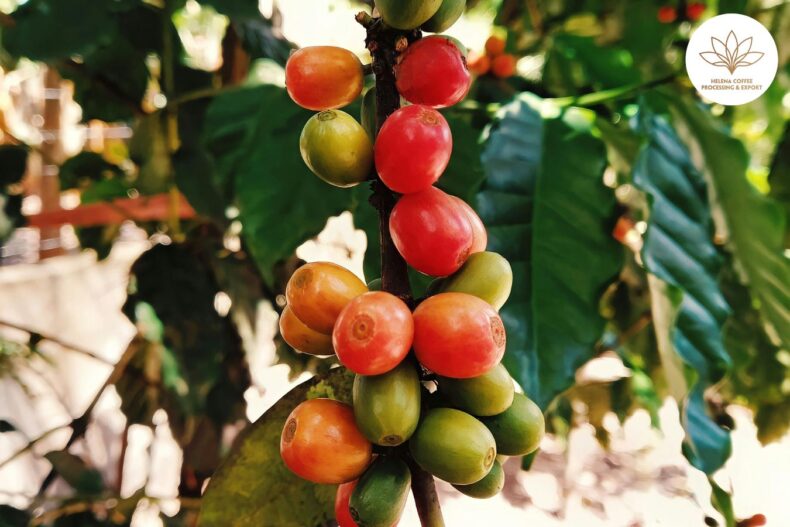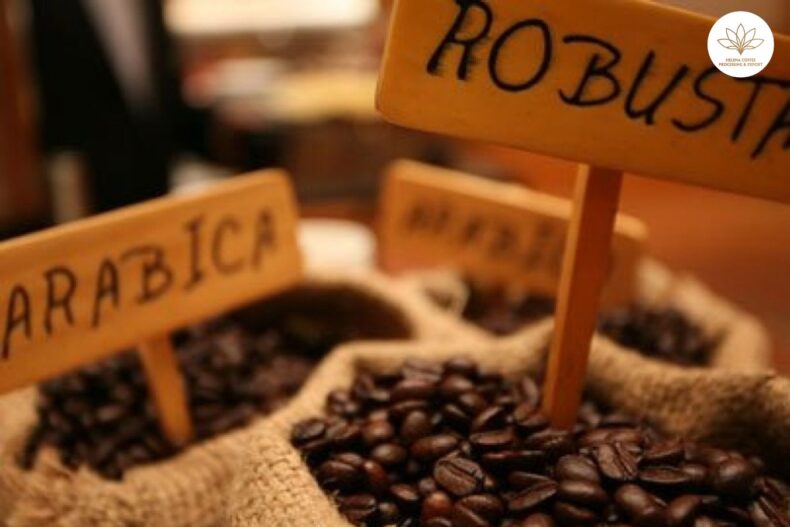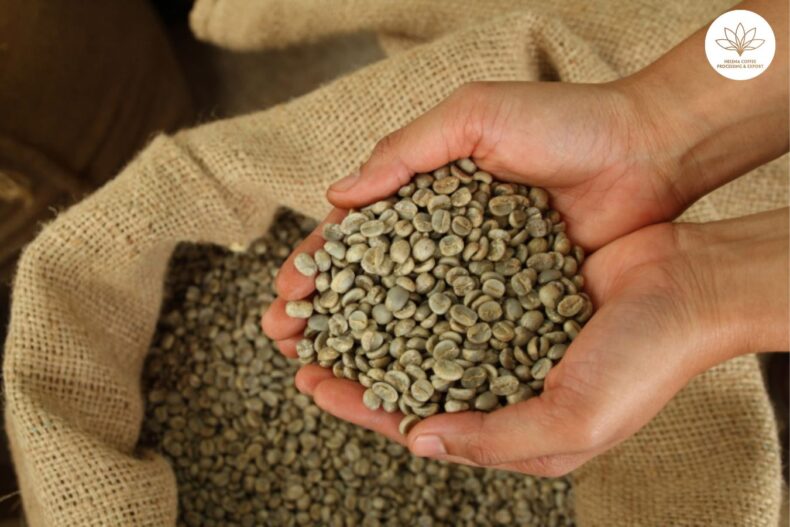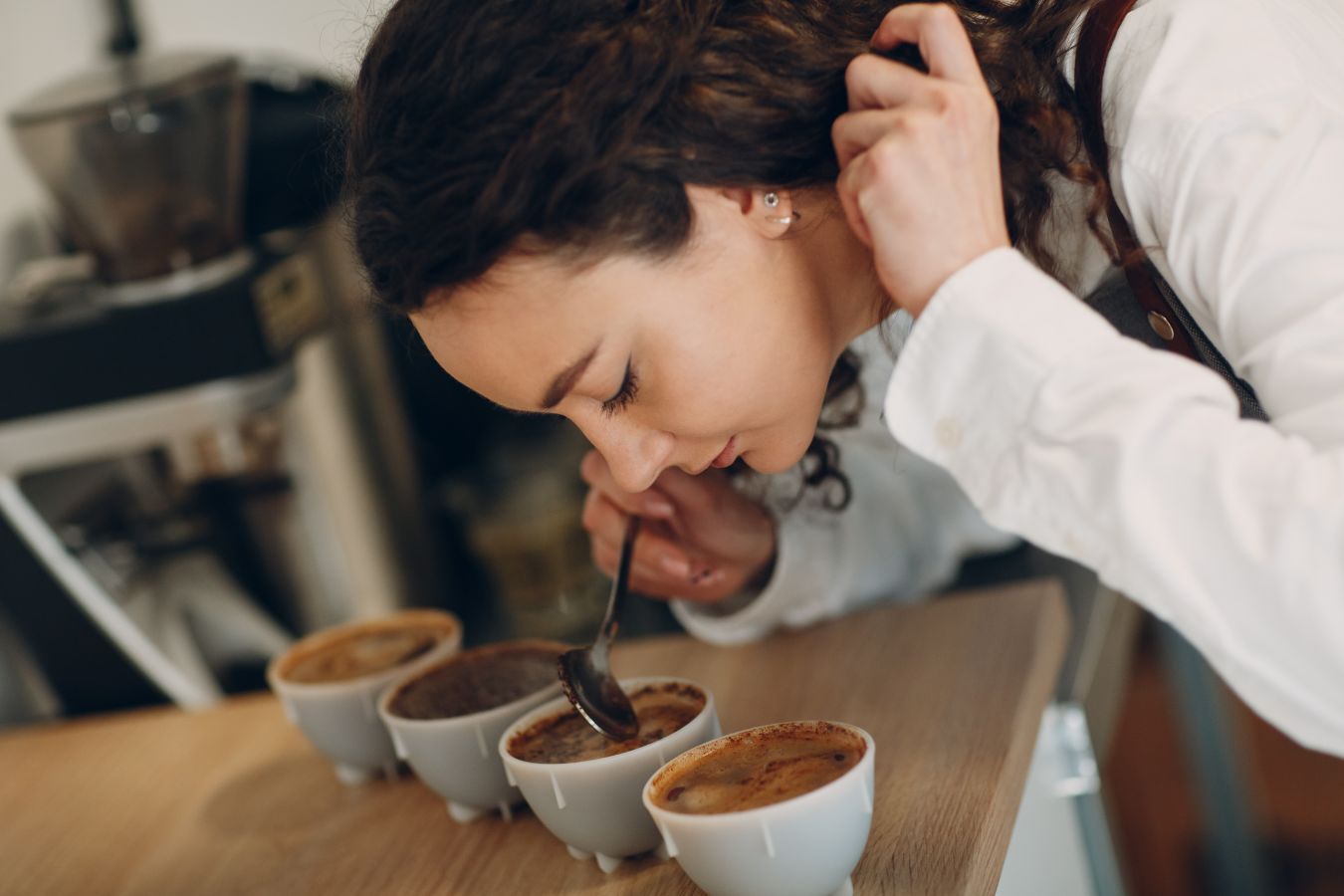
How To Choose Coffee Beans That Taste Delicious: Do you find choosing the right coffee beans a challenge? Different ways of roasting, grounding, and brewing your coffee can make selecting the one that suits your taste overwhelming! So let’s talk about how to choose coffee beans that taste delicious.
Five tips on choosing the best coffee beans
Check the growing location
Knowing where your coffee beans are grown can tell you a lot about how the coffee should taste and help you decide which country and region produce the kind of beans you might like.
Coffee is grown and produced in more than 50 countries. A good coffee producer should state where their coffee beans are being raised. Find out if your preferred flavour, acidity, and other preferences are in coffees grown in these regions.
Common coffee locations include Indonesia, Ethiopia, Brazil, Kenya, Colombia, and Hawaii.
Know your preferences
Knowing your preferred blend, brand, and flavour is a great start, even if you want to try something new. Start by choosing your most preferred bean type from the two major types of coffee beans – Robusta and Arabica. Robusta beans are grown at low altitudes, and they are robust and have a bitter flavour.
Arabica beans have a smooth and acidic taste while they grow at higher altitudes. Knowing your preferences will help you determine the best coffee beans to choose from out of the two.
Choose the right beans for your brewing preference
Generally, your brewing preference should determine the kind of beans you choose. Blends are best for milky coffees, while single-origin is best for black coffee.
Single-origin coffees are from a specific growing location like an estate or a farm. It allows a coffee drinker to appreciate the increasing area’s unique taste. So, you’re more likely to enjoy and perceive the subtle flavour when you take your coffee black.
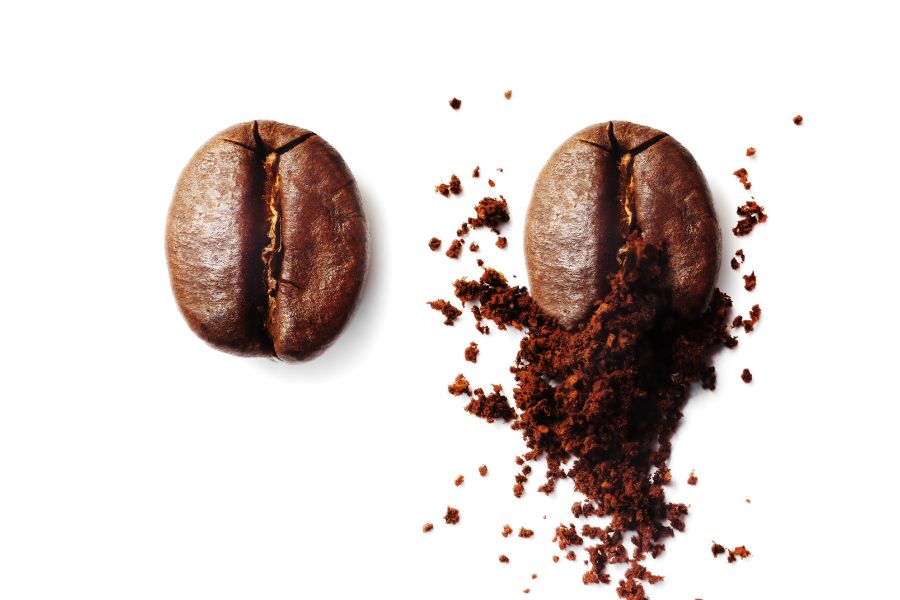
Blends are a combination of different beans from different locations or different parts of the world. They are combined to produce a complex flavour. Blends are generally perfect for milky coffees such as cappuccinos and lattes.
However, this is not to say that a blend has to be taken without milk or that a single-origin coffee doesn’t have to include milk. Your choice and preferences will determine that.
Check the processing method
The processing method of a coffee is often indicated as “washed or wet-processed” or “natural or unwashed” on the coffee bag (or menu).
The wet-processed or washed coffee production involves the removal of Cherry’s outer pulp before being fermented, washed, and dried. The process contributes to its excellent flavour clarity and bright, complex acidity. It is a standard method amongst coffee producers as there are fewer defects due to the controlled fermentation process.
The unwashed or natural processed coffee process involves drying a coffee with its cherry throughout the drying process. This allows the sugars and fruit flesh to penetrate the seed, resulting in a spectacular flavour.
Watch out for beans from high altitudes
The higher the altitude of coffee growing, the higher the acidity and sweetness. Coffee’s growing altitude significantly impacts the acidity and sweetness of the cherry.
Coffee thrives better in average temperatures of between 18°C to 23°C. High altitudes are often needed to maintain this.
So, watch for altitudes above 1500m as this is a high-growth location. Such areas are known to exhibit refined acidity and sweetness.
The last drop
The various kinds of coffee available can make choosing the suitable one challenging. But then, selecting the right coffee beans can help you get the most out of your coffee as you enjoy it every day.
Remember that your coffee beans will determine its taste and brewing methods. With the tips above, we hope you choose the best coffee beans when you’re next shopping or visit the coffee shop.
What are the different types of coffee beans?
There are as wide varieties of coffee beans as there are wine grapes. To make it easy on us, the coffee industry depends mainly on varietals that fall into two categories — Arabica and Robusta.
- Arabica has the delicate flavour and low acidity of coffee you’ll find at most coffee shops. For an easy-drinking everyday brew, go with Arabica beans. You’ll find this information on the coffee packaging.
- Robusta beans can be grown in harsher climates with less water, which makes them more economical to develop. These beans also have a more acidic and bitter flavour — not what you want in your perfect cup.
How do you choose a coffee roast?
Light
Light roast means the coffee beans were exposed to heat for the last time, and the finished product is golden brown in colour. Coffee beans pop at around 380°F to 400°F, known as the “first crack,” then again between 435°F and 450°F, “the second crack.” Roasters remove light roasts from heat just past the first crack.
Light roasts retain the regional characteristics of the bean. The flavour profile is smooth, bright and not bitter at all, as long as brewing temperatures stay below 205°F. A light roast also delivers the highest acidity, which in coffee speak isn’t the same as sourness.

No coffee should taste sour. (If your coffee is terrible, it means something went wrong at some point in the production process.) Instead, acidity refers to the bright, vibrant quality of coffee.
Medium
Roasters remove coffee beans from the heat source just before the second crack to get a medium roast. Medium roasts lose a bit of acidity and take on a more roasty-toasty flavour.
This flavour overpowers some regional notes, although the regional characteristics still come through to a degree. Medium roasts have lower caffeine content than light roasts and more than dark roasts.
Dark
To achieve a dark roast, coffee roasters heat beans to a second crack and then some. High temperatures extract many of the natural oils, so beans take on a shiny, dark brown character. The roasted flavours come out, and the resulting coffee can taste bitter.
Since dark roasts cook the longest, they have the least amount of caffeine. As far as flavour goes, a dark roast cup of coffee doesn’t have the bright acidity that lighter roasts have, and you can barely detect regional characteristics. People who appreciate the roasted quality over subtle regional flavours will favour dark roasts over light or medium.
How to determine what you like:
Taste
Like me, you want that first coffee of the day to be consistently delicious. Finding that dream cup will take some trial and error.
Since most coffee drinkers have been to a Starbucks at least once, an easy place to start is for me to ask if you like their house coffees. If the answer is no, you will most likely want to be on the lookout for a light-coloured and dry bean (as pictured on the left).
This will offer you a smoother taste, with different acidity levels depending on how it was roasted without that classic Starbucks dark, bitter bite.
If your answer to my question is yes, then chances are you are going to like a bean that has been roasted longer, which brings more oils to the surface of the bean, giving it a dark and shiny appearance (as pictured on the right) and a bold, bitter taste.
It’s worth figuring that out to start, and then you can delve into the subtleties within each group to find ‘the one(s)’.
Caffeine Content
Contrary to common sense, dark roasts have less caffeine than medium or light roasts – light roasts have the most of all three. Espresso beans tend to be in the medium roast realm, so if you want to maximize your caffeine intake, go for a medium-light roast. Medium-dark will offer fewer high kicks.
